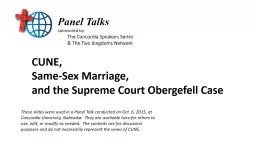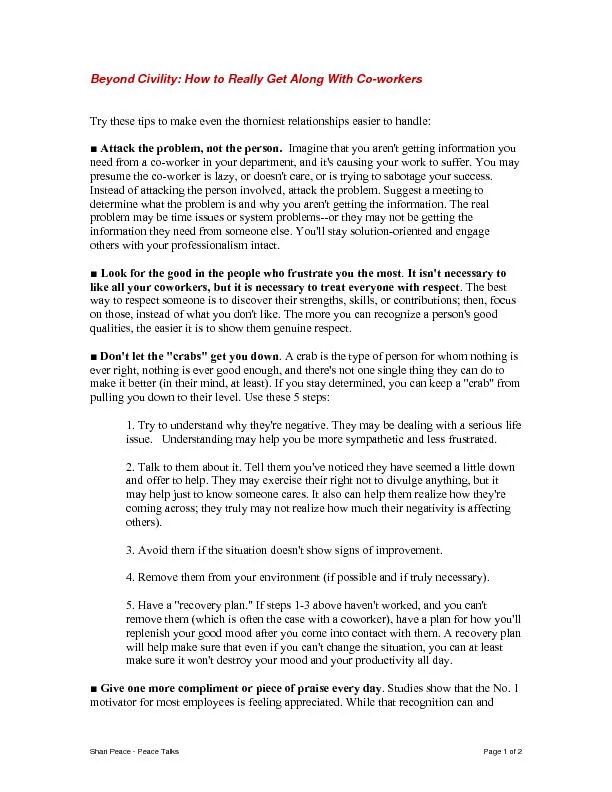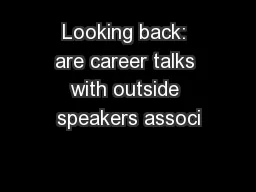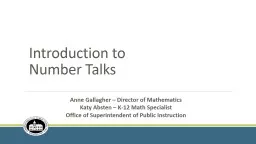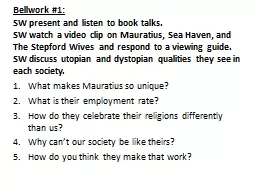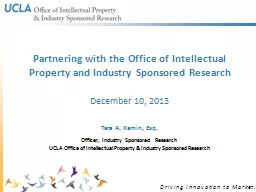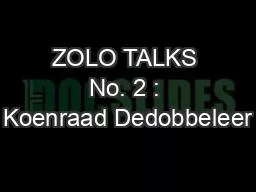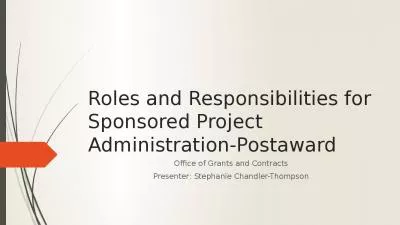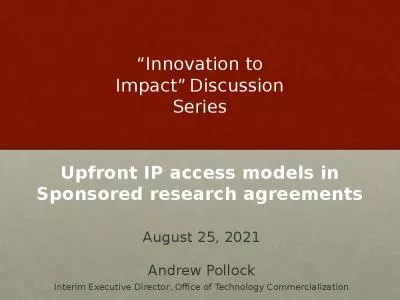PPT-Panel Talks sponsored by
Author : trish-goza | Published Date : 2019-11-24
Panel Talks sponsored by The Concordia Speakers Series amp The Two Kingdoms Network CUNE SameSex Marriage and the Supreme Court Obergefell Case These slides were
Presentation Embed Code
Download Presentation
Download Presentation The PPT/PDF document "Panel Talks sponsored by" is the property of its rightful owner. Permission is granted to download and print the materials on this website for personal, non-commercial use only, and to display it on your personal computer provided you do not modify the materials and that you retain all copyright notices contained in the materials. By downloading content from our website, you accept the terms of this agreement.
Panel Talks sponsored by: Transcript
Download Rules Of Document
"Panel Talks sponsored by"The content belongs to its owner. You may download and print it for personal use, without modification, and keep all copyright notices. By downloading, you agree to these terms.
Related Documents

